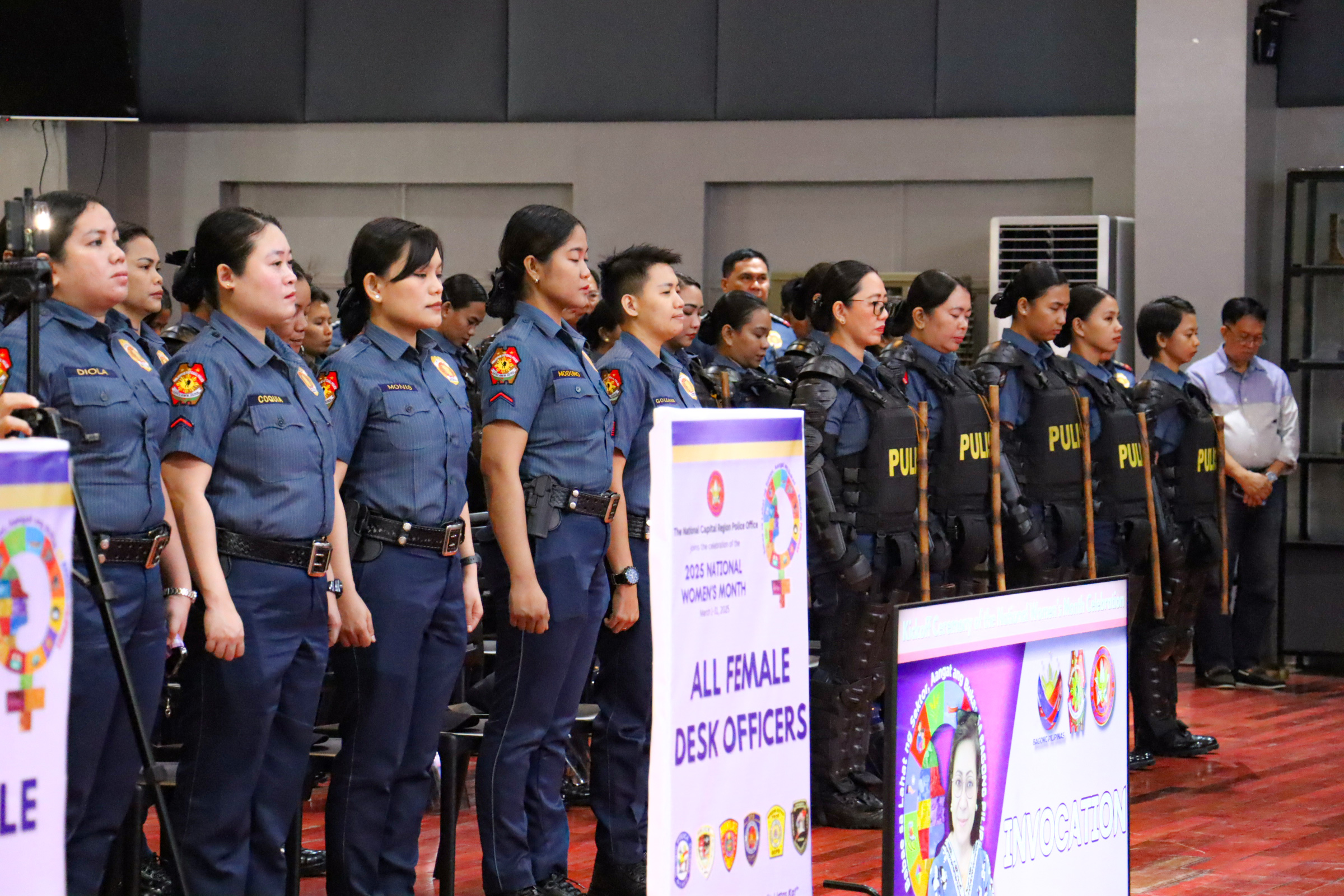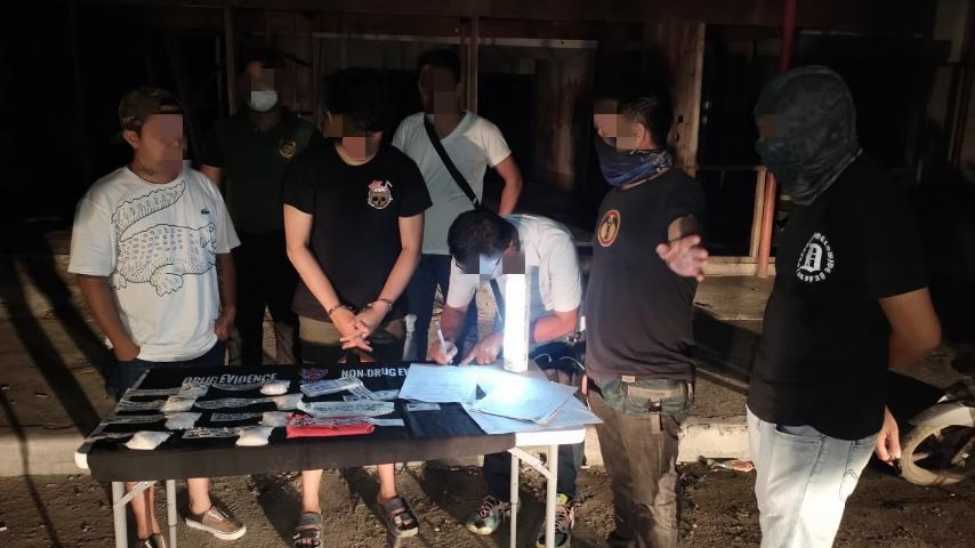Guided by the transformative leadership of President Ferdinand R. Marcos Jr. and the administration’s commitment to a Bagong Pilipinas, the Philippine National Police (PNP) held a pivotal Command Conference on June 13, 2025, at the PNP Multi-Purpose Center, Camp BGen Rafael T Crame in Quezon City. The high-level meeting marked a significant step toward enhancing operational efficiency, responsiveness, and community engagement across the nation.
The conference was attended by the Secretary of the Interior and Local Government, Hon. Juanito Victor C. Remulla, who expressed the DILG’s full support for the PNP’s evolving operational landscape. He emphasized that the Department will shoulder the procurement of patrol vehicles to significantly improve police mobility and visibility—an essential move to support the new 5-Minute Response Time Strategy.
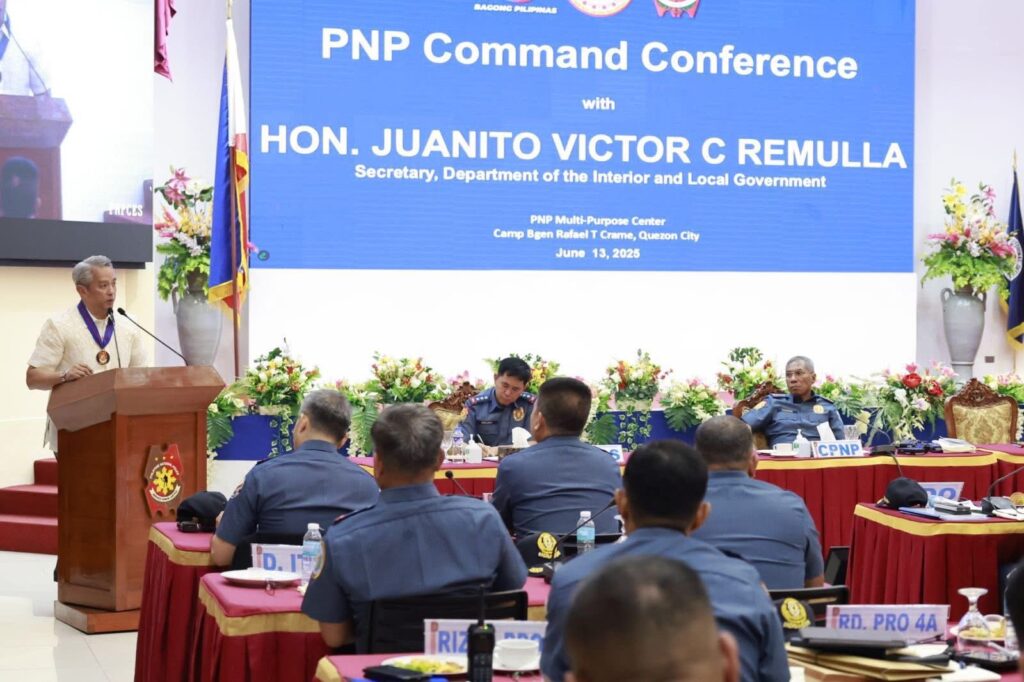
At the center of the discussions were the operational plans of Police Regional Offices in response to the directive of PNP Chief, Police General Nicolas D. Torre III, to implement reforms aimed at reshaping frontline policing.
Among the Regional Directors who presented their respective comprehensive plans was Police Major General Anthony A. Aberin, Regional Director of the National Capital Region Police Office (NCRPO), who laid out his programs such as the full implementation of the 5-minute response strategy, enhancement of logistical readiness, regular training for personnel, and the conduct of Simulation Exercises (SIMEX), Communication Exercises (COMEX), and Capability Exercises (CAPEX).

Police Brigadier General Jean S. Fajardo, Regional Director of Police Regional Office 3 (PRO 3), also reaffirmed her region’s commitment to the 5-minute response policy and echoed the plan to deactivate fixed posts in favor of a more mobile and agile deployment.
Police Brigadier General Paul Kenneth T. Lucas, Regional Director of Police Regional Office 4A (PRO 4A), likewise presented his action plan, which includes an immediate inventory and optimization of patrol vehicles to support enhanced mobility.
The 5-Minute Response Time Strategy signals a major departure from traditional precinct-based policing. It transforms police presence into a more proactive, mobile, and people-centered approach, ensuring that calls for help are answered swiftly, professionally, and at any hour. Backed by upgraded logistics, strategic deployment, and continuous training, PNP is charting a new course toward modern, results-driven law enforcement.
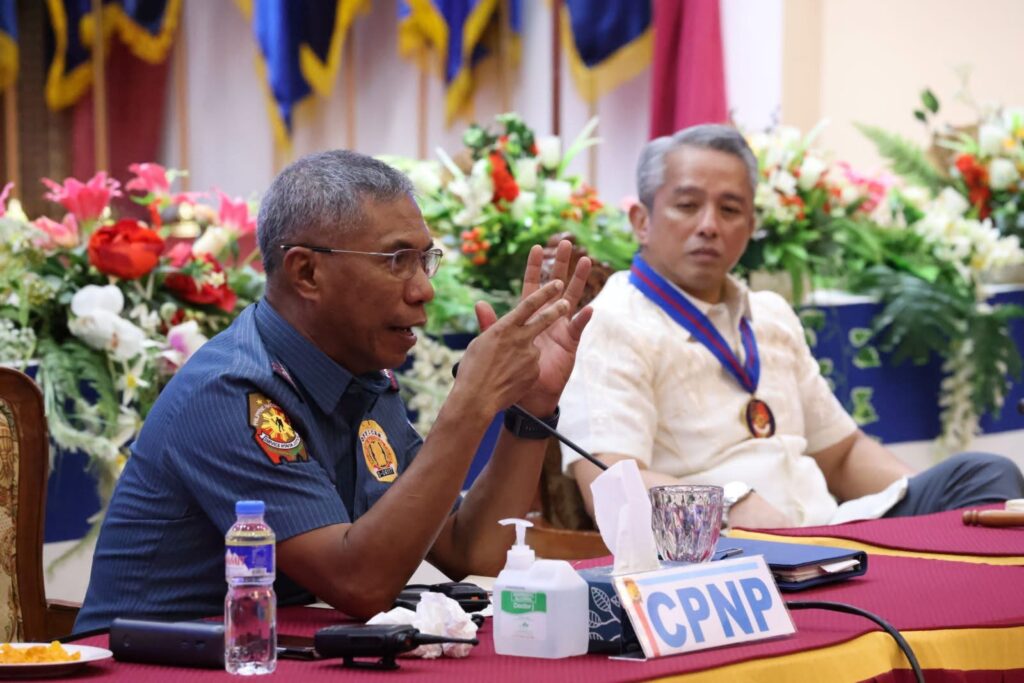
In his message, PGen Torre emphasized that these reforms are more than structural, they are rooted in a renewed commitment to public trust and accountability.
“This transformation goes beyond patrol deployment. It is about rebuilding trust through swift action, professionalism, and accountability while remaining firmly anchored on the rule of law, human rights, and due process,” he stated.
He also issued a strong directive to enhance internal communication, particularly among station commanders, stressing that seamless coordination can save lives.
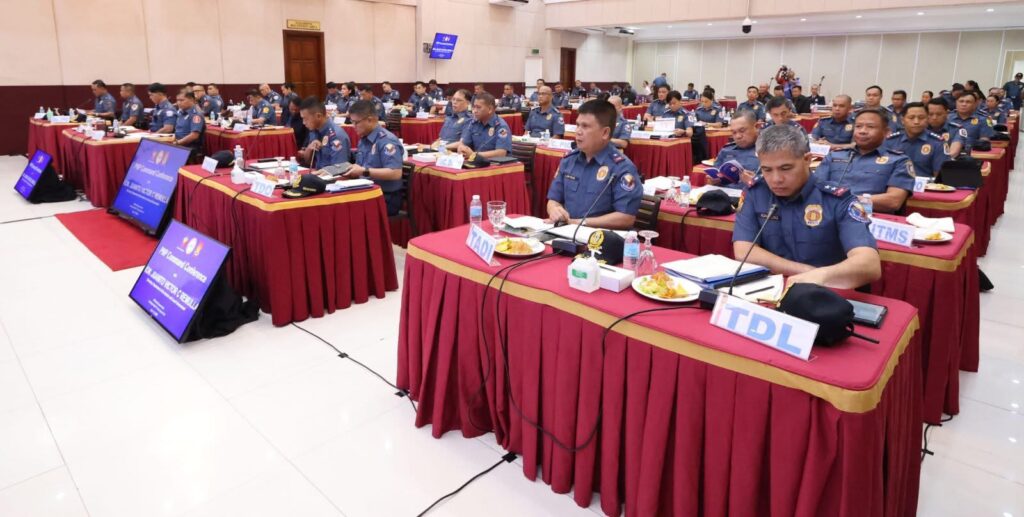
“Effective policing begins with effective communication. That is why I’ve ordered random Radio SIMEX in NCRPO, PRO4A, and other Police Regional Offices—because when seconds matter, we cannot afford to fail in the field,” PGen Torre added.
Following the conference, PGen Torre invited the attendees to the PNP Command Center as he showcased the capabilities of Kalasag (Base) 911—the PNP’s integrated support system for the national 911 emergency response program. This whole-of-government initiative is designed to provide swift, coordinated, and life-saving assistance to the public for all types of emergencies—whether police, fire, medical, or other emergency rescue services. The state-of-the-art facility integrates real-time data, geolocation tracking, and inter-agency coordination to ensure that the 5-minute response goal becomes a reality across the country.
When a citizen dials 911 and presses “1” for police assistance, the system immediately routes the call to PNP Command Center (PCC), activating the PNP’s emergency response protocols. Upon receiving the call, telecommunications personnel shall begin gathering critical information, including the exact location of the incident, the nature and scope of the emergency, and any available details about the individuals involved. This swift and organized call intake guarantees that no time is lost in mobilizing police assistance.
If the caller presses “2” for fire-related emergencies or “3” for emergency medical services, the system promptly routes the call to the appropriate agency, such as the Bureau of Fire Protection (BFP) or emergency medical responders. Regardless of the nature of the emergency, the E911 system ensures that appropriate responders are immediately alerted and dispatched anytime, anywhere.
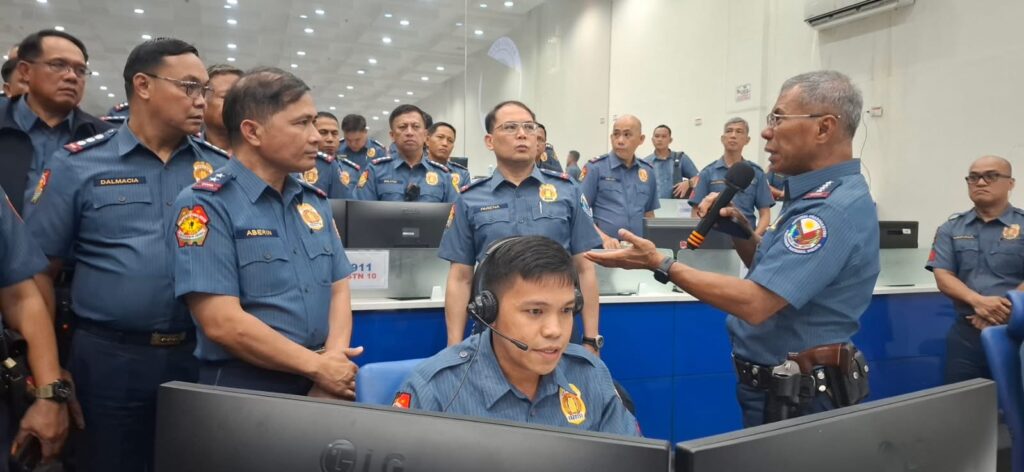
For PNP-related calls, once the emergency details are verified, the PNP Command Center relays the information to the concerned police station. This real-time communication is conducted simultaneously through various reliable channels, including Digital Mobile Radio (DMR) systems in NCR, Regions 3, 4A, and 7; HF analog radios; Push-to-Talk over Cellular (PoC) platforms like Zello Work; and landline, IP, or mobile phones.
Upon receiving the dispatched call from PCC, the concerned police station immediately sends police officers to the location. These responders further verify the situation on the ground, act in accordance with Police Operational Procedures (POP), and coordinate with the Tactical Operations Center (TOC) for real-time updates and additional support. Throughout the incident, communication remains active between field responders and the command centers for timely decisions and resource development.
Once the situation is resolved, officers report back to their respective TOCs. The entire response—from the initial call to the conclusion, is properly monitored and recorded by the Regional, Provincial, District, or City Tactical Operations Centers to ensure accountability and continuous improvement in the program’s service delivery.
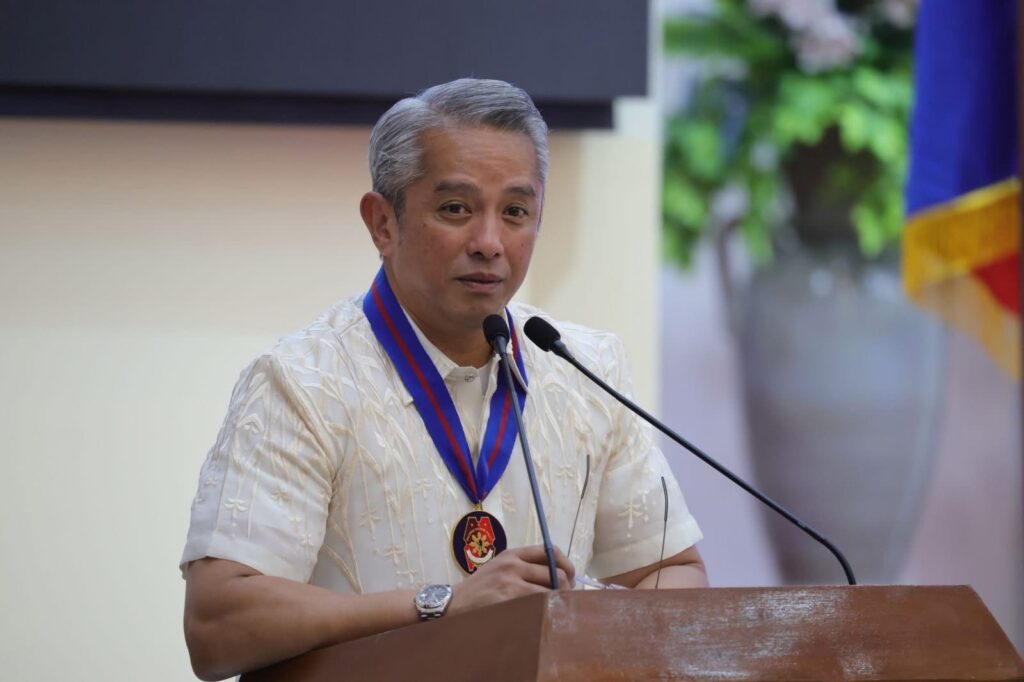
Meanwhile, Secretary Remulla reiterated the DILG’s institutional assistance for these reforms, particularly in strengthening the logistics and mobility assets of PNP. His commitment to fund the procurement of patrol vehicles was welcomed with resounding pledge of support from regional directors and PNP leadership.
As the conference concluded, the PNP Chief sent a powerful message to the Filipino people, symbolizing a new era in public service: “‘Wag [n’yo] na kaming hanapin sa mga presinto. Kami ay nasa inyong telepono. Dial 911—darating kami sa loob ng limang minuto. This is our commitment. This is our service in action.’”
Driven by bold reforms, PNP is advancing toward a smarter, quicker, and more responsive model of policing—anchored in professionalism, respect for human rights, strict adherence to the rule of law, and a steadfast commitment to ensure the safety of the Filipino people.


